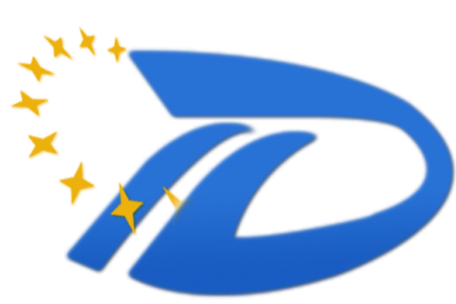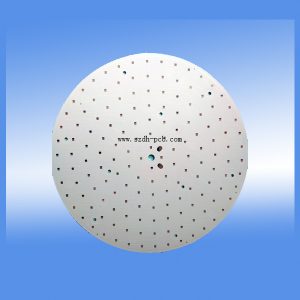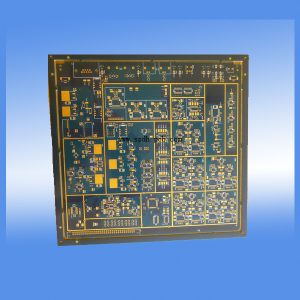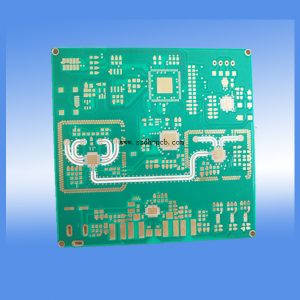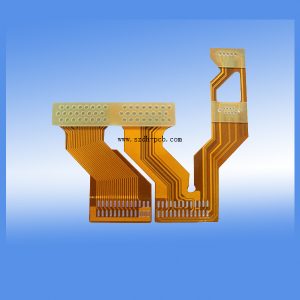PCB is the short name for Printed Circuit Board, it is also called printed wiring board. PCB is a very important electronic part, it offers base support for other electronic components. So you can find it in all electronics products.
1. Category of PCB
I: Based on layers, pcb can be divided into three types, single sided pcb, double sided pcb and muliti-layer pcb.
The most common mulitilayer pcb are 4-10 layers pcb.
***The more the layers, the more the cost will be. As high precision pcb requires smaller holes, smaller circuits width/space, high TG, or other special requirement, such as, blind& buried vias, impedance control, etc.
II: It can also be divided into rigid pcb, flexible pcb and rigid-flex pcb. Rigid pcb is hard boards, and flexible pcb is soft and flexible.
***Flexible and Rigid-flex pcb are expensive than normal FR-4 pcb, as it is more complex in manufacturing process.
2. Normal Base Material of PCB
The common used pcb materials are as follows:
FR-1
FR-2
FR-3
FR-4
FR-5
CEM-1
CEM-3
Polyester
Polyimide
Aluminum base
3. Special Materials of PCB
High frequency materials, such as Rogers, Arlon, Isola etc.
Copper-based material
Iron-based material
4. Compose of PCB
I. Circuits and Pattern: circuits are used to connect the components for each hole, so the circuit board can function well.
II. Dielectric: to keep isolation, also called base materil
III. Hole: PTH(Plated Through Hole) — to connect circuits or insert components
& NPTH(Non-Plated Through Hole)–tooling hole for fixing the pcb during assembly
IV. Solder Mask: used in the area where does not have pad
V. Silk Screen: to mark the components location or name so that it can be easily distinguished.
VI. Surface Treatment: to protect the pads, including HAL leaded& lead free, ENIG, Immersion Silver, Immersion Tin, OSP. Among these, the ENIG is more stable and can store for a longer time.
6. Application Areas of PCB
PCB covers almost all the industries, including consumer electronics, communication, security, industrial power, medical equipment, aerospace, military, automotive electronics, power supply and computer area.
If you have any requirements for circuit boards, please feel free to contact us.
